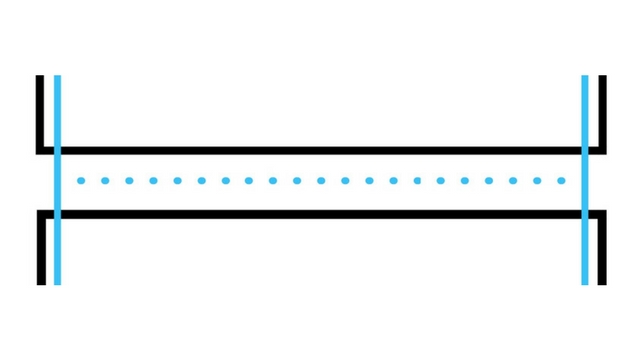Mind the (experience) gap.
By Carla Garcia, Junior Brand Planner
There’s no shortage of industry festivals and conferences that are chock-full of crazy branded experiences (see our take on the ones at South by Southwest). But in the first week of March, I attended a conference all about how brands can deliver such incredible experiences, and not just at large festival scales, but also at everyday small ones.
Learnings from the 2018 Qualtrics X4 Summit
Qualtrics is a research company focused on experience management, and their annual X4 summit is all about closing the experience gap between companies and consumers. As CEO Ryan Smith noted in the first keynote speech of X4: Eighty percent of CEOs believe they’re delivering a superior experience to their customers, but only eight percent of their customers agree.
At C-K, we use Qualtrics to conduct research that helps us close experience gaps for our current and future clients. From the various sessions I attended at X4, I took away a few best practices for research that will more effectively uncover and address these gaps.
Ask for feedback in real time
As I’m sure we all know from personal experience, human memory is a fickle thing. Someone may have a negative interaction with your brand, but when asked about it a month later, remember it as better – or worse – than it was. Thus, the longer you wait to assess consumers’ opinions, the less accurate that data becomes. It also means you’re waiting longer to identify and rectify any problems that may exist.
Feedback should be embedded directly and naturally into the customer experience – something made exponentially easier thanks to new technologies like chatbots and voice assistants. Importantly, it should also be made as easy as possible for the consumer to provide immediate feedback; don’t assume that he or she will care enough to take the time. A single question can go a long way.
Ask about every part of the journey
Many paths to purchase can be emotional rollercoasters for consumers, filled with both highs and lows. Yet as Kantar TNS pointed out in its breakout session on touchpoint communication, an end-of-experience survey typically only tells us about that one point of the journey in isolation. It can show us that a customer ended up satisfied, but not reveal the moments that, if improved, could have turned our customer from a satisfied shopper into a true brand advocate.
When conducting research, ask yourself: How much of the picture am I seeing? What new opportunities can I unlock? Having consumers share their experience from start to finish (ideally in real time) will allow you to connect with them more frequently and in better ways.
Ask, and acknowledge the answer
While developing a product or campaign, it’s not uncommon to become attached to your work. Perhaps you believe you completely understand the target audience. Or, you have a strong hunch about the perception problem plaguing your brand. Or, you have full confidence that one creative area is the place where you should be playing. Then, you conduct research and it’s not clear whether your hypothesis is correct. Now what?
In instances like these – as Belkin emphasized in its breakout session – it’s important to take a step back and interpret the data you have, not the data you wish you had. Though it may not be ideal to make significant revisions or go back to the drawing board entirely, your findings will be invaluable to creating the right experience for your customers.
My experience at the summit closed some gaps for me as a junior brand planner at C-K but can also serve as great reminders for even the most seasoned marketers.
More Insights
- March 19, 2018 Podcast: The weekly 4CKAST.
- March 13, 2018 Three takeaways from SXSW 2018.
- March 12, 2018 Four days of SXSW by a newbie.
